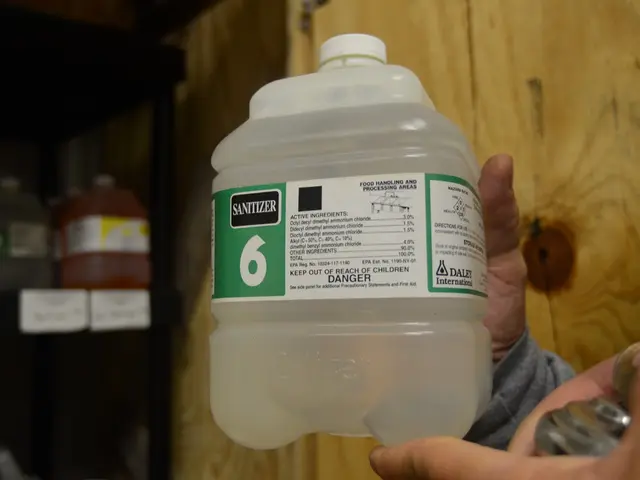Understanding Meniscus Tears: A Comprehensive Examination
What's up, buddy! So, you wanna know all about a meniscus tear, eh? ain't no problemo!
A meniscus tear is like a rip in the cartilage in your knee joint, man. It's got this C-shaped piece of rubbery stuff called the meniscus, which sits between your thigh bone (femur) and your shin bone (tibia), actin' like a cushion and stabilizin' the joint. Oh, and it helps absorb shock during movement, too.
Now, there's two types of meniscus tears: medial meniscus tears (on the inner side of the knee) and lateral meniscus tears (on the outer side). Figuring out which one you got is important for figuring out the best rehab and treatment options, see?
So, what causes these tears? Well, there's a few things, man. You got your sports injuries, such as activities that involve sudden stops, twists, or changes in direction, like basketball, soccer, or skiing. Then there's aging, where the meniscus gets weaker and more vulnerable to tears, even with minimal stress. Accidents like falls or car crashes can also cause tears by putting excessive pressure on the knee.
Now, if you're feelin' any of these symptoms—pain, swelling, stiffness, a locking or catching sensation, difficulty bearing weight, or a compensatory gait—you should seek medical attention pronto. Early diagnosis and treatment can make a significant difference in the effectiveness of your rehab and help prevent further damage.
As for treatment, it'll likely involve some rehab, including physical therapy and exercises tailored to your specific needs. Recommended exercises might include range-of-motion exercises to improve flexibility, strength-building exercises for the muscles around the knee, and balance exercises to enhance stability. Always consult a healthcare professional before starting any rehab program, though.
In conclusion, understanding a meniscus tear and recognizing its symptoms can empower you to take the necessary steps toward recovery, whether through conservative treatment options or surgical intervention. Effective rehab is key to regaining full function and returning to your daily activities. So, take care of your knees, mate, and don't forget to stretch! 🏃♂️💪
Science often sheds light on medical-conditions like meniscus tears, offering insights into their causes and effects. Chronic diseases, such as osteoarthritis, can increase vulnerability to meniscus tears over time due to weakening cartilage. Cancer and cardiovascular-health can also be linked, as obesity, associated with cardiovascular-health issues, is a risk factor for certain types of cancer.
Maintaining a healthy lifestyle, including good nutrition, fitness-and-exercise, and mental-health practices, is crucial in preventing and recovering from various health-and-wellness issues, including meniscus tears. For example, avoiding quick stops, twists, or changes in direction during sports activities can help reduce the risk of a meniscus tear.
Skin-care is another often-overlooked aspect of overall health. Proper skincare can help maintain the joint's health by improving circulation, reducing inflammation, and promoting quick recovery. Consulting a healthcare professional and following their advice is essential in creating a personalized care plan that considers all aspects of health-and-wellness.
Finally, a balanced rehab schedule focused on range-of-motion exercises, strength-building exercises, and balance exercises can help improve the knee's stability and flexibility, ultimately enabling a return to daily activities following a meniscus tear. Doctors, therapists, and trainers can provide expert guidance in designing a program tailored to each individual's needs.








